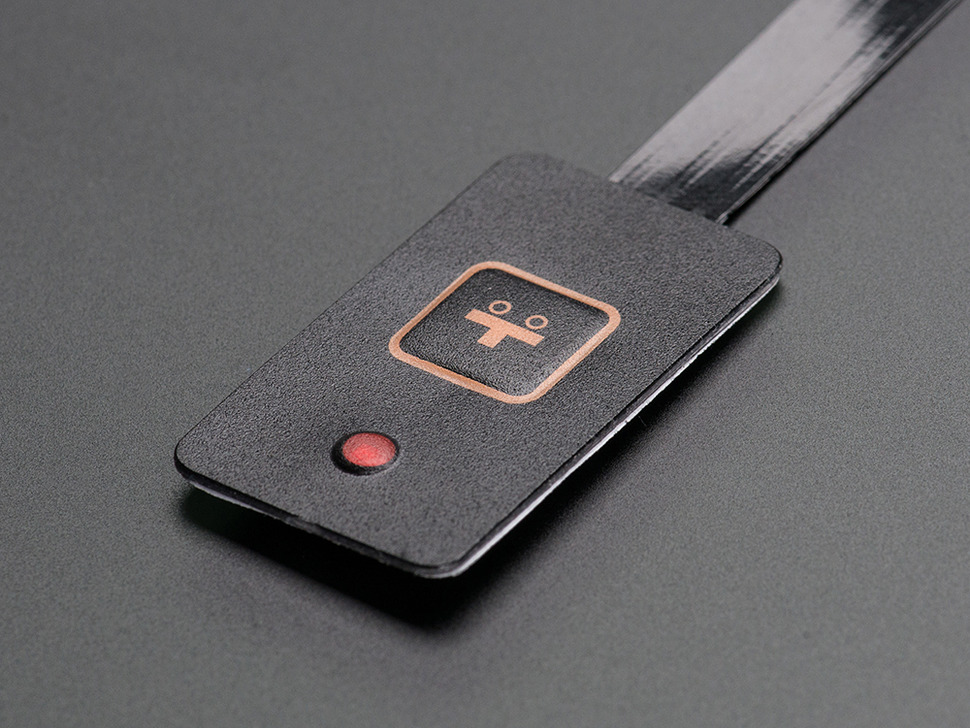Why Membrane Switch Innovation Is Necessary for Industrial Applications
Membrane layer button technology plays a pivotal duty in boosting operational efficiency throughout numerous industrial fields. As sectors progressively look for ingenious solutions to improve customer interaction and efficiency, recognizing the nuances of membrane switch modern technology becomes important.

Review of Membrane Change Technology
Membrane switch innovation is progressively acknowledged for its versatility and efficiency in commercial applications. Consisting of numerous layers, a normal membrane switch includes a graphic overlay, a spacer layer, and a circuit layer, allowing for a resilient and small layout.
Membrane switches attribute tactile responses, offering individuals with an identifiable response upon activation (membrane switch). They can be personalized with various graphics, colors, and backlighting alternatives to improve use and branding. Furthermore, membrane layer buttons are resistant to moisture, dirt, and chemicals, making them optimal for requiring industrial settings
This modern technology additionally supports combination with a series of systems, consisting of control board and equipment, assisting in seamless interaction between operators and equipment. The inconspicuous and light-weight nature of membrane switches adds to space-saving layouts in control systems. Overall, the innovative design and useful advantages of membrane layer button technology make it a beneficial choice for enhancing functional performance in commercial applications.
Key Perks for Industrial Usage
The secret advantages of membrane layer button technology for industrial usage are substantial and countless, making it an attractive option for different applications. Among the primary benefits is their toughness; membrane buttons are made to stand up to extreme settings, including direct exposure to chemicals, wetness, and severe temperature levels, guaranteeing reputable efficiency with time.

Membrane layer buttons are likewise relatively easy to make, which can result in economical production for high-volume applications. Additionally, their light-weight nature adds to general power effectiveness in tools procedure, reducing the power footprint of commercial systems.

Applications in Different Industries
Using membrane button innovation across various industries showcases its versatility and efficiency in conference diverse functional needs. membrane switch. This innovation is widespread in markets such as health care, automobile, and manufacturing, where robustness and reliability are extremely important
In the health care industry, membrane switches are generally used in analysis tools, monitoring gadgets, and person management systems. Their ability to hold up against frequent cleaning and exposure to rough chemicals makes them excellent for preserving hygiene standards. In automobile applications, membrane buttons are used in control panels, control panels, and look at here infomercial systems, enabling intuitive user interaction while guaranteeing sturdiness under differing ecological problems.
The manufacturing market likewise benefits significantly from membrane layer switch technology. These switches are integrated right into equipment controls, automation systems, and equipment user interfaces, providing drivers with a smooth and effective ways of managing complex procedures. Their portable design permits space-saving services, which is specifically useful in devices where realty is limited.
Customization and Style Alternatives
Personalization and style alternatives play a vital role in the efficiency of membrane layer switch innovation for industrial applications. The ability to customize membrane layer switches to meet details functional needs is vital for boosting individual experience and ensuring performance. Suppliers offer a wide variety of modification sites possibilities, including varying layouts, shapes, and sizes, which enables for smooth assimilation right into various industrial settings.

Key layout options additionally include responsive responses systems, backlighting, and the consolidation of numerous switch innovations such as capacitive or resistive touch. These features not just improve usability however likewise improve the long life and reliability of the item. Ultimately, the convenience in customization and layout alternatives makes membrane layer button modern technology an essential asset for industries looking for to maximize their operational performances and improve customer interaction.
Future Trends and Innovations
As markets proceed to evolve, there is an expanding emphasis on incorporating innovative innovations into membrane button layout, leading the means for future trends and technologies. One considerable trend is the consolidation of wise modern technologies, such as touch-sensitive interfaces and haptic responses, improving user interaction and functionality. This assimilation allows for more instinctive control systems, specifically in complicated industrial atmospheres.
Furthermore, developments in materials scientific research are bring about the growth of even more environmentally friendly and durable membrane layer switches. Developments such as published electronics and adaptable substratums are improving the efficiency and long life of these devices, making them suitable for severe conditions common in industrial setups.
One more emerging fad is the click adoption of IoT (Internet of Things) capacities within membrane switches. This connectivity permits real-time information collection and monitoring, making it possible for predictive maintenance and boosted functional performance.
In addition, adjustable software program interfaces are becoming significantly popular, providing users with the ability to customize performances to certain applications, consequently boosting general usability. As these patterns remain to establish, membrane layer switch innovation will certainly play an essential role in shaping the future of commercial applications, driving efficiency and advancement across various fields.
Verdict
In conclusion, membrane switch technology plays a crucial duty in boosting operational performance across varied industrial applications. Inevitably, the recurring developments in membrane button modern technology will certainly strengthen its setting as a basic component in industrial atmospheres.
Membrane layer switch technology plays a critical duty in improving operational efficiency across different industrial markets.Membrane switch technology is progressively acknowledged for its adaptability and efficiency in commercial applications. Overall, the cutting-edge layout and useful benefits of membrane button technology make it a useful choice for improving functional performance in commercial applications.
Personalization and style alternatives play an important role in the efficiency of membrane button modern technology for commercial applications.In final thought, membrane switch innovation plays a critical duty in improving functional effectiveness throughout diverse industrial applications.